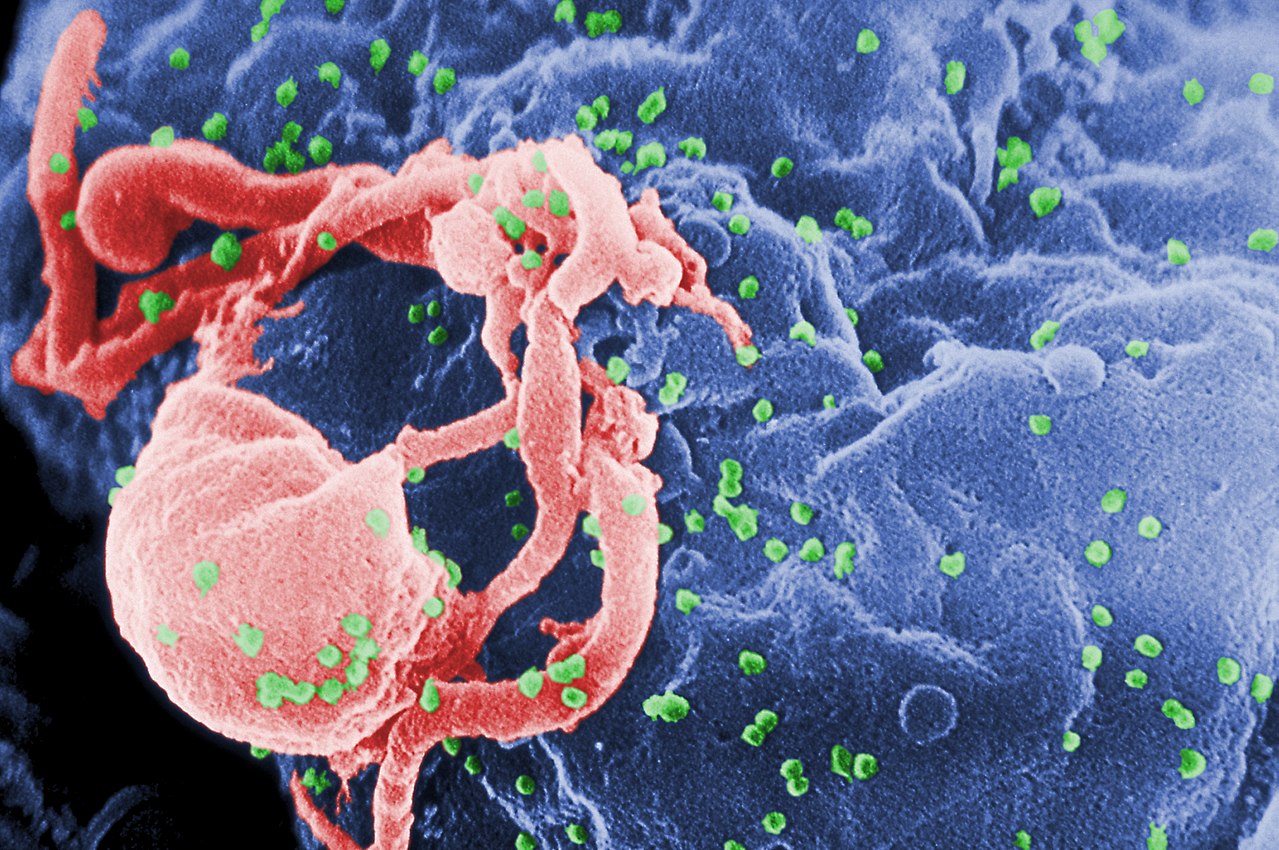
New HIV cases in Australia at five year low thanks to PrEP

Australia recorded the lowest number of new HIV infections since 2001 in 2018, the latest figures reveal.
The Kirby Institute released the numbers today, finding there were only 835 new cases of HIV diagnosed in 2018 – a decline of 23 percent over the five years since 2013.
“This reduction is very encouraging,” said Professor Rebecca Guy, who is head of the Kirby Institute’s Surveillance, Evaluation and Research Program.
“Although we’ve seen reductions in recent years in some Australian states, in 2018 we saw significant reductions at a national level.”
“The decline in HIV diagnoses is a result of the incredible commitment from government, healthcare, community and research sectors to eliminate HIV transmission in Australia,” Guy said.
“As a result of these partnerships, more people are being tested for HIV than ever, people living with HIV are starting treatment earlier, and we’re seeing a very promising uptake of pre-exposure prophylaxis (PrEP) among gay and bisexual men. The combination of all these strategies has led to these reductions.”
The decline in new diagnoses was largely due to a reduction in new infections from sex between men.
New HIV infections in heterosexuals remained stable but were a bigger proportion in the 2018 statistics because of the decline in gay men.
The report’s authors attributed the drop in infections to the roll out of PrEP on the Pharmaceutical Benefits Scheme.
“The introduction of PrEP in Australia, on a background of high and increasing HIV testing and treatment, has turned the HIV epidemic in gay and bisexual men around in this country,” said Professor Andrew Grulich, who is head of the HIV Epidemiology and Prevention Program at the Kirby Institute.
“Many gay and bisexual men have embraced PrEP as a way to protect themselves and their community from HIV. However, for declines to continue at this impressive rate, PrEP coverage needs to be significantly higher,” Grulich said.
In Australia, approximately 41% of gay men at high risk of HIV were taking PrEP in 2017.
The Kirby Institute believes that at least three quarters of high-risk men need to be taking PrEP in order to achieve the elimination of new HIV transmissions in Australia going forward.
“Targeted health promotion and the removal of any structural barriers are required to make PrEP more accessible, particularly among gay and bisexual men from culturally diverse backgrounds and in those living outside of the inner cities of Australia,” Grulich said.
“With expanded PrEP access, and a continued focus on testing, treatment and condom promotion, we’ll continue to see these encouraging declines.”
There have been no declines in new HIV diagnoses among Indigenous Australians and Torres Strait Islanders however.
Associate Professor James Ward, who heads up the Infectious Diseases Research Program – Aboriginal Health at the South Australian Institute for Health and Medical Research, believes we need to do more to address new infections in these populations.
“We need targeted, culturally appropriate, community focussed campaigns to increase testing and treatment and PrEP and we need to focus on increasing awareness, both within the community and among healthcare providers,” Ward said.
The figures were released in the Kirby Institute’s National HIV Quarterly Report, a new report which provides a quarterly summary of the numbers of newly diagnosed cases of HIV notified to the National HIV Registry.
A more detailed analysis of the 2018 HIV notification data will be presented in November in the 2019 Annual Surveillance Report on HIV, viral hepatitis and sexually transmissible infections.
“While this quarterly report provides a helpful snapshot of HIV numbers in Australia, we need to look to the full report for a more detailed analysis of the data and to develop a more complete understanding of these numbers and their implications, particularly among different populations,” said Professor Guy.









